
Small Groups.

Secured
Payments

Local Guides.

Easy Payments
About Tanzania
Going on safari is undoubtedly one of the most exhilarating and memorable experiences you’re ever likely to have, so it pays to know what you should and should not do on safari.
It’s your holiday, but if you follow these simple do’s and don’ts, you’re going to have a fun, safe time and leave the country the way you found it so that future generations can also enjoy it.
Start With us?
Safari Information:Safaris Season in Tanzania
There are two rain seasons in Tanzania, one of long rains and the other short rains whereby these seasons are separated by dry periods. Usually the best time to visit is during dry periods or just after the rain season although in recent years there have been uncertainties in this trend, sometimes raining may not fall as expected but otherwise.
Tanzania Dry Season
This season starts from June to October and from December to early March. This is a dry season and most dusty in Tanzania. This is the best time for Safari (there is less vegetation so animals are easily viewed), Climbing and Zanzibar Beach Excursions. During this season, there are many tourists flowing to Tanzania, as a result it may be difficult to get flights if not booked early and in that we recommend you book your flight (early) before booking for safari in Tanzania.
During October it rains but the rain doesn’t fall continuously hence remain fantastic for safari although sometimes when the rain falls may disperse animals?
Tanzania Rain Season
The long rains fall from late March to late May and this makes the period considered not very ideal for wildlife safari, Mountain Climbing and Zanzibar Beach Excursions. It is fantastic to go for safari just after the rain seasons as the rain creates greenish vegetation so becomes much more beautiful and less dust.
Recommended Best Time
Except during rains, other periods are appropriate for safaris, climb and Zanzibar. However, for safari, we recommend late May, June, and November as in these months there are less tourists in Tanzania contrary to tourist peak months of July, august, December and January.
Note
Although the rain seasons are not well recommended as suitable for safari, yet not absolutely discouraged to visit only that one should prepare to meet the adventure challenge. The roads out of towns and those in the national parks are rough, so becomes quite slippery, rivers may overflow and stacking in the mud may happen sometimes.
Climbing, is doable during the rain seasons but it becomes not only less pleasant to climb and camp in the rain but also less visible and for that reason if you climb during rain season follow Marangu Route so as to stay in huts. However, you should prepare and pick your rain gear as the weather on the mountains is not such systematic so it may rain anytime even during dry season especially for Mount Kilimanjaro.
Equally, the long rain season is not the best time to visit Zanzibar and most hotels are closed during this period in Zanzibar.
SEASONS AND CLIMATE:
- SUMMER: December – March
- WINTER: March – May
The climate is tropical on the coast, on the islands and in Selous. It is temperate in the other parks. Temperatures on Mount Kilimanjaro and Meru drop to below freezing. Late March – late May is traditionally the long rainy season and is considered the “winter period” in Tanzania.
June – late October is the dry season. June, July and August can be very cold on the rim of Ngorongoro Crater. Mnemba Island is lovely at this time of year, the evenings are cool (not cold) and the daytime can be hot. Late October – mid December is when the short rains occur. These are usually in the form of daily thunderstorms.
The Ngorongoro Crater rim has a wonderful climate at this time of year. The Serengeti and Lake Manyara are quite warm and Mnemba is very hot. Mid December – March is summer weather. It is dry and very warm until March. Due to its altitude Ngorongoro Crater is much cooler than elsewhere.
ENVIRONMENT:
A land of plains, lakes and mountains with a narrow, low-lying coastal belt, Tanzania is East Africa’s largest country. The bulk of the country is a highland plateau, some of it semi-desert and the rest savannah and scattered bush. The highest mountains – Meru (4, 556m/14, 943ft) and Kilimanjaro (Africa’s highest at 5, 895m/19, 335ft) – are in the north-east along the border with Kenya.
Nowhere else on earth will you see wildebeest, gazelle, zebra and antelope in such enormous numbers – and Tanzania’s characteristic plains make spotting wildlife easy. Blessed with some of the world’s largest game reserves, the country also has one of the highest concentrations of elephant, buffalo, crocodile, hippo, hunting dog and chimpanzee.
Tanzania’s widely varying geography accounts for its differing climatic conditions. The altitude of the high plateau considerably tempers what would otherwise be a tropical climate. In many places it can be quite cool at night.
The coastal strip along the Indian Ocean and the offshore islands of Pemba, Zanzibar and Mafia have a hot, humid, tropical climate alleviated by sea breezes. Only on the mountain slopes of the north-east does the country enjoy an almost temperate climate for most of the year. Tanzania offers unparallel game viewing opportunities all year round – even during the rainy seasons of April to May, and November. For the budget-conscience travellers who don’t mind a little rain, the low seasons may be the perfect safari opportunity.)
WHEN TO GO:
Tanzania offers an astonishing diversity and concentration of wildlife, from the immense Serengeti and towering Mount Kilimanjaro to the remote national parks of Katavi and Mahale. The best months for climbing Mount Kilimanjaro are August to October and January to March.
Tanzania boasts over 1, 000 bird species, with Lake Manyara alone being home to more than 400. It is a year round birding destination, but at the height of the northern winter, some 160 species of migrating birds make their way south. Botanically, Tanzania is a treasure-trove, with habitats ranging from Afro-Alpine to semi-desert. The months immediately after the two rainy seasons provide the best floral displays.
WILDEBEEST MIGRATION:
The wildebeest migration takes place within Kenya and Tanzania and is one of the greatest wildlife shows on earth. Between the open plains of the Serengeti and the Masai Mara, thousands of wildebeest and zebras migrate to greener pastures as the seasons change. The precise timing of the Wildebeest Migration changes annually and it is a very unpredictable and spontaneous natural event.
The calving season takes place in the Serengeti between the months of January and mid-March before the Wildebeest Migration begins heading towards the Western Serengeti in June. The best time to see the migration is usually between June and August when the wildebeest congregate and prepare to cross the famous Grumeti River.
If you are in the Masai Mara you can expect the wildebeest to make their arrival as early as July, but they generally arrive between August and September and remain in the Mara between October and November.
Between December and January the wildebeest gradually begin their migration back towards the Serengeti. As this is a natural phenomenon, the monthly migration patterns can change from year to year and this is to be used as a general guide.
Tanzania offers excellent game viewing throughout the year as not all animals migrate and are year-round residents.
Our Happy Clients!
Our Tanzania trip was fabulous. Spotting the Tree-climbing lions and Black Rhino was unforgettable. Thanks for fulfilling our dreams. We’ll be back soon!
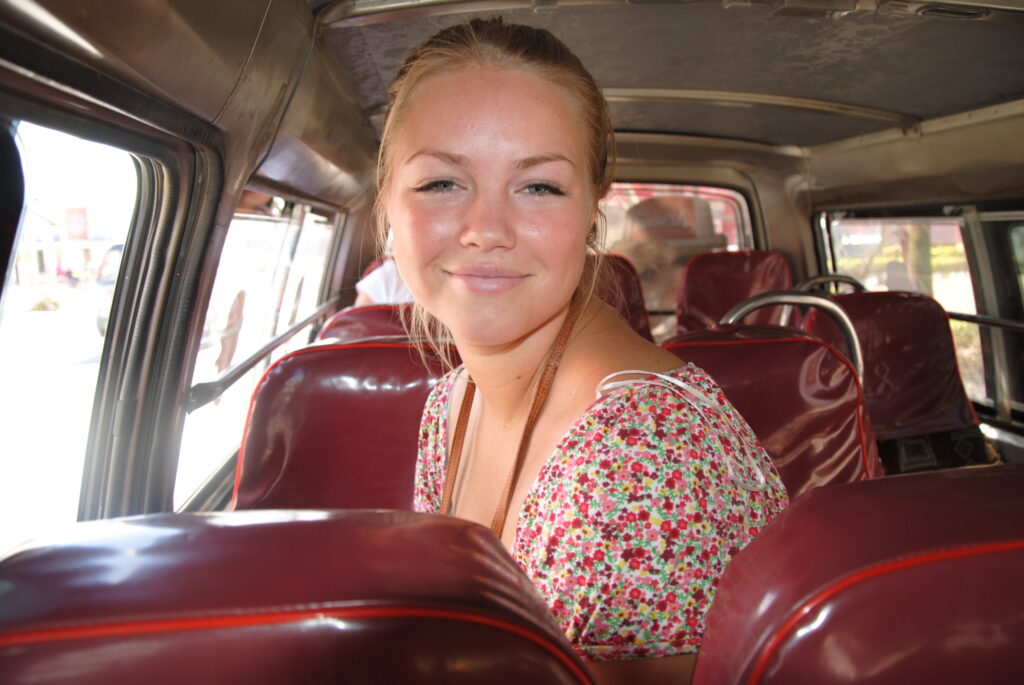
Clara Smith
Thank you, Maasai Land Wonders Team, for your exceptional care during my 3 Months Volunteering program. A thousand thanks for an unforgettable experience.
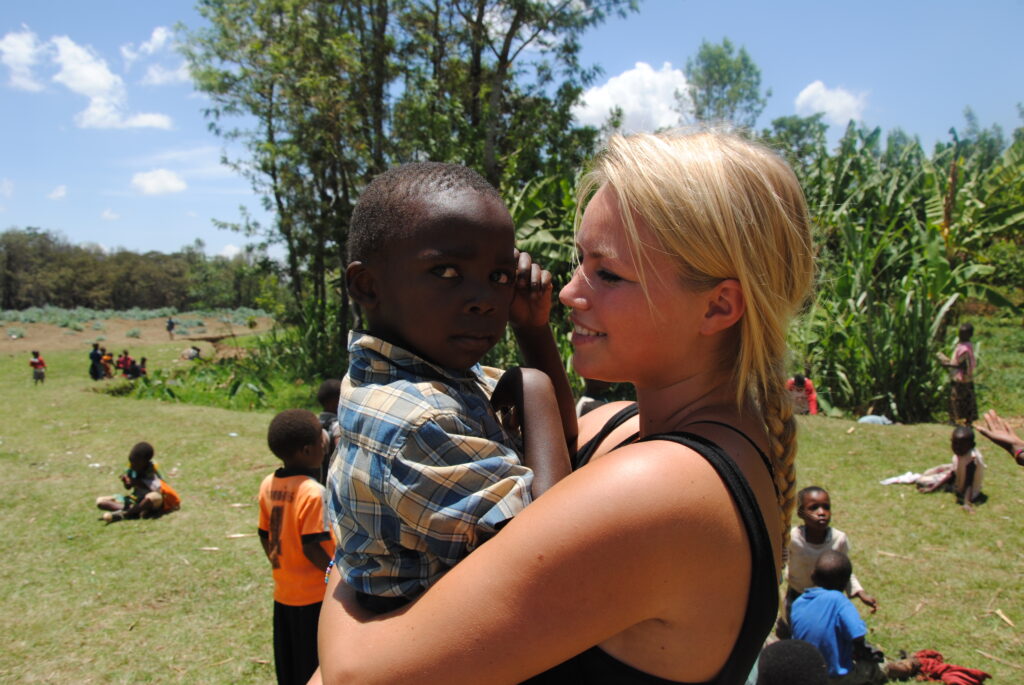
Shelly Barns
Thank you, Edwin and your team, for an amazing 7-day trip. Your personal care and dedication made it unforgettable. 1000 thanks!
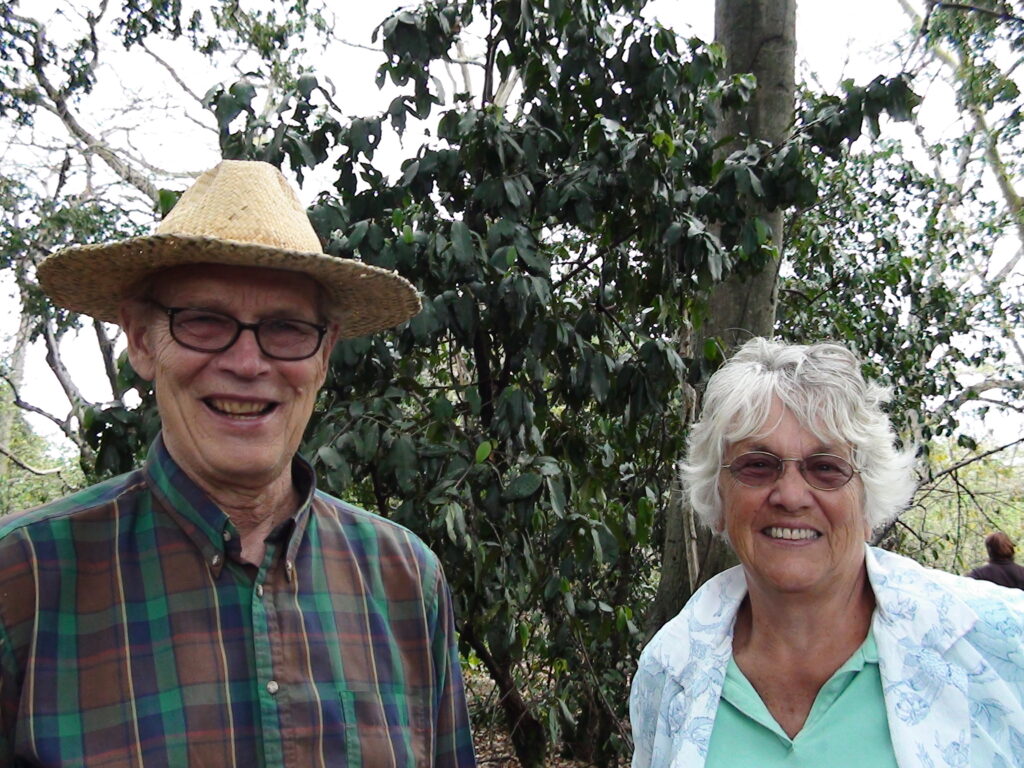
Jacob Luke
Contact us, We're at your Service.
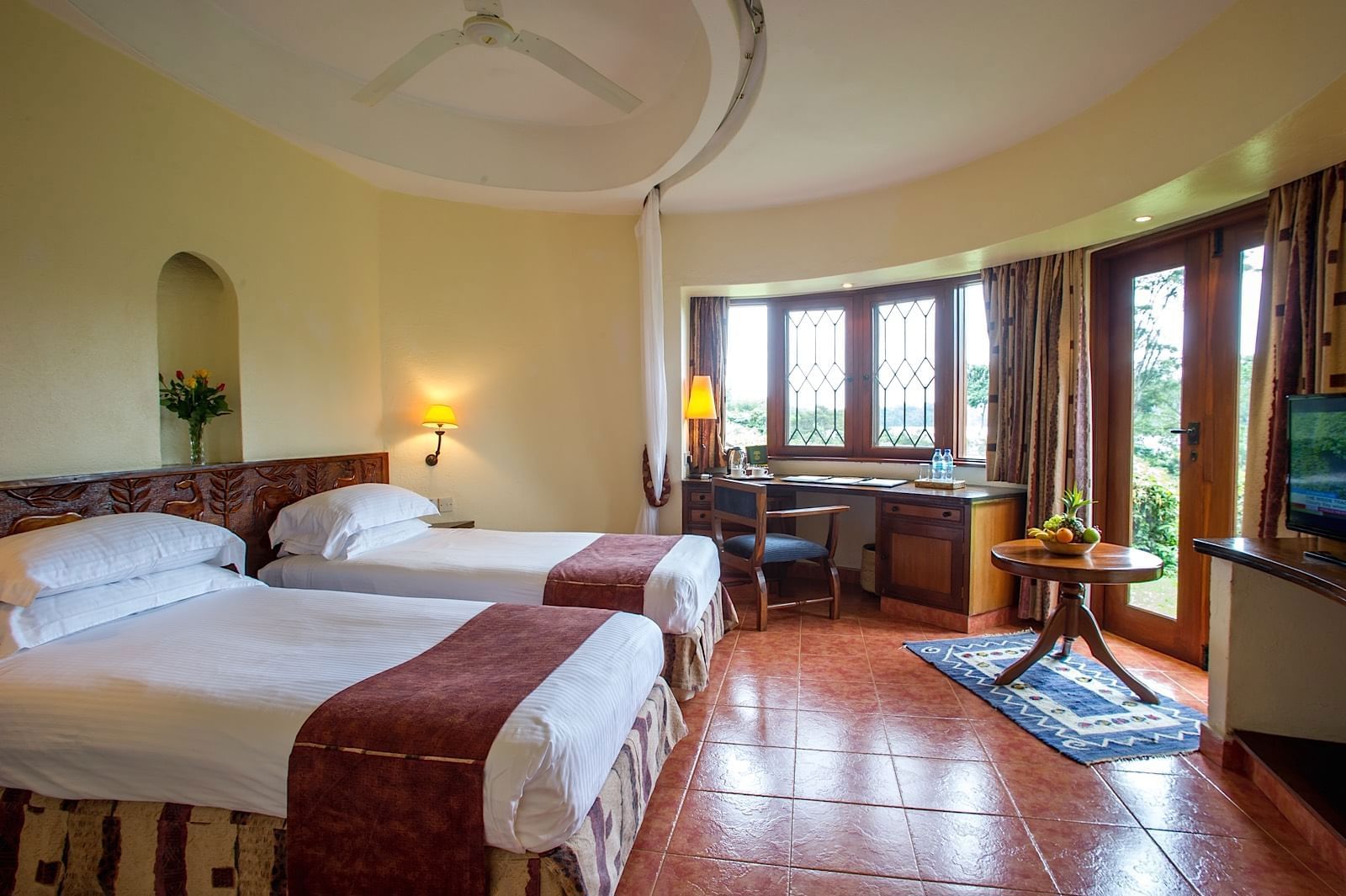
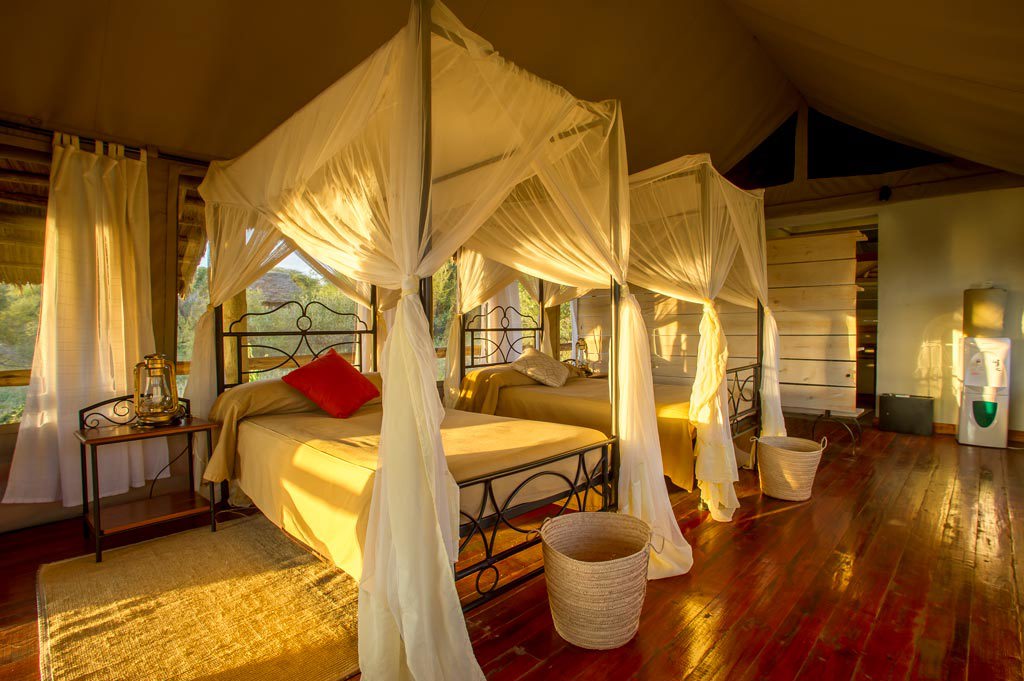
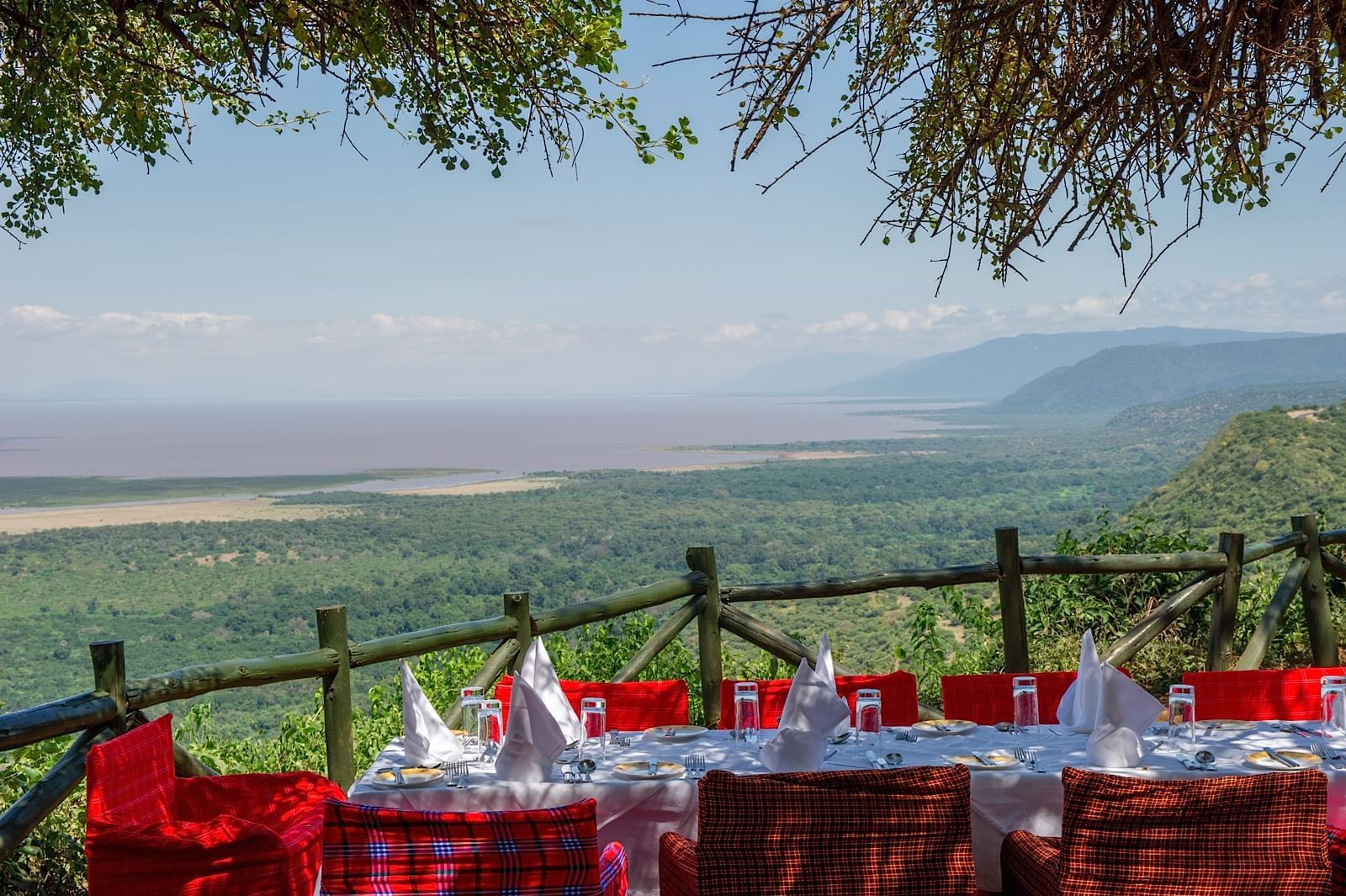
Trusted by:

